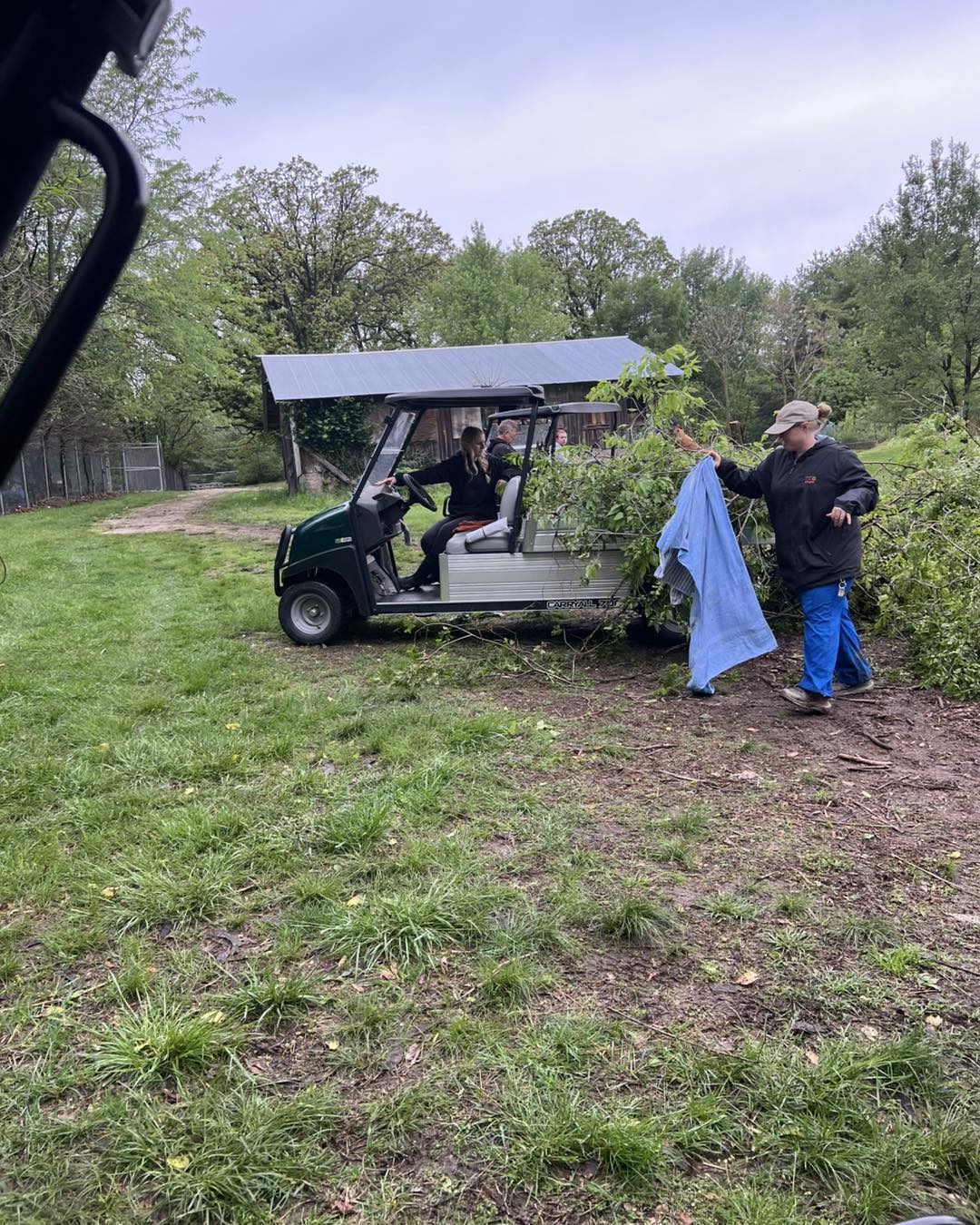- Impact of Storms on Zoo Operations and Wildlife
- Strategies for Effective Zoo Management During Crises
- The Role of Zoos in Wildlife Conservation and Education
- Scientific Approaches to Habitat Restoration
- Community Involvement and Support in Zoo Recovery Efforts
Storms pose significant challenges to zoo operations, impacting both animals and infrastructure. When DPZ closed on Friday, May 2, it sparked discussions about how institutions manage such crises and recover swiftly. This event highlights the intricate balance between ensuring animal welfare and maintaining public safety.
During severe weather events, zoos must consider the protection of diverse species residing in controlled habitats. Storms can damage enclosures, disrupt power supplies, and create hazardous conditions, which necessitate temporary closures. In these situations, zoo management teams work tirelessly to assess the damage, secure habitats, and safeguard animal wellness. The decision to reopen DPZ on Saturday, May 3, after thorough inspection signifies a commitment to these principles.
Key to successful zoo management in emergencies is the presence of a robust contingency plan. Such plans include protocols for evacuating or sheltering animals and strategies for maintaining essential services during power outages. Additionally, staff must be trained to respond swiftly and effectively under pressure. Continuity of care and security for both animals and visitors are top priorities, reflecting the rigorous planning and coordination inherent in zoo operations.
Zoos play a pivotal role in wildlife conservation, advancing research and educational initiatives amid adversity. By caring for endangered species, they create genetic reservoirs critical for biodiversity. The aftermath of natural disasters often highlights the importance of these conservation efforts. While recovery is complex, it underscores the zoo’s unwavering dedication to preserving global biodiversity.
Scientific approaches are crucial to habitat restoration post-disaster. Environmental scientists and zoologists collaborate to repair damaged ecosystems within zoos, focusing on both immediate fixes and long-term sustainability. This involves assessing structural damages, implementing soil stabilization techniques, and replanting native flora. Every step taken aids in restoring the habitats to conditions that closely resemble their natural state.
Community involvement is indispensable in facilitating a zoo’s recovery process. Volunteers, local organizations, and patrons often rally to support zoos by providing manpower, donations, and resources. Such efforts foster a sense of community ownership and emphasize the public’s role in wildlife education and conservation. Engagement with local communities strengthens bonds and promotes awareness about the significance of preserving biodiversity.
While the immediate goal post-storm is reopening, zoos work towards enhancing resiliency against future events. Innovations in building materials, landscape design, and energy sources help create more resilient infrastructures. By integrating these advancements, zoos can minimize future disruptions, safeguarding both animal and human occupants.
DPZ’s closure and subsequent reopening underline the broader narrative of zoo management and wildlife conservation. Through effective crisis management, scientific innovation, and community partnerships, zoos can overcome adversity. Their ongoing commitment to wildlife conservation is a testament to the resilience and dedication of everyone involved, ensuring the continuity of their vital mission to protect and educate.
*****
Source Description
DPZ is closed Friday, May 2, as storm cleanup continues. We will reopen on Saturday, May 3, at 9 a.m. Thank you for your patience.


